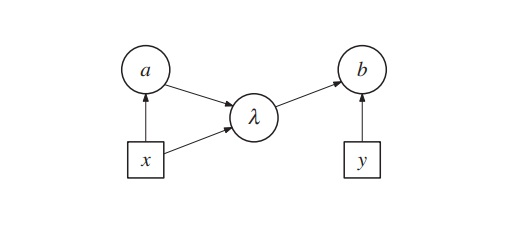Donald
Thread starter
I did not go to a Catholic school but heard the rumors about the Nuns and yardstick.Well, a meter stick is what the Nuns used to instill discipline in me with. They gave it their best...
I did not go to a Catholic school but heard the rumors about the Nuns and yardstick.Well, a meter stick is what the Nuns used to instill discipline in me with. They gave it their best...
They got it wrong, but it had been that way for twenty years, so they said well let's stick with it now, and they did. This also effects the size of a liter of water and by extension the gram!A meter was once defined as 1/10,000,000 of the distance from Earth’s pole to the equator.
Thank you for the laugh, Jeff. The nuns that lorded over me in catechism were pretty mean indeed. I remember them using foot long rulers. The nuns cured me of Catholicism.Well, a meter stick is what the Nuns used to instill discipline in me with. They gave it their best...
I no longer follow organized religion, but Sister Margaret Ann, in 4th grade, made a mark in my life. She advised me, and taught me to learn just for the sake of learning. Sister changed my life.Thank you for the laugh, Jeff. The nuns that lorded over me in catechism were pretty mean indeed. I remember them using foot long rulers. The nuns cured me of Catholicism.
I like that you are grateful for the sister giving you guidance. I just think I was a bad kid who didn’t appreciate their efforts to make me repent. Fortunately, I never experienced the meter stick..I no longer follow organized religion, but Sister Margaret Ann, in 4th grade, made a mark in my life. She advised me, and taught me to learn just for the sake of learning. Sister changed my life.
Yes, the historical physical meter is still stored in an environmentally controlled room somewhere in Paris.
That's the measured two-way speed of light, sometimes called the "canonical" speed of light, c.Most people know a meter is about a yard but did you know:
Since 1983, the metre has been officially defined as the length of the path travelled by light in a vacuum during a time interval of 1/299,792,458 of a second
New knowledge to this 70 year old brain to store. But how to bring the topic up at a cocktail to talk about?
c. It cannot be anything else, ever.What's the one-way speed of light from a source to an observer, such as from a star to an observer on the space station?
Technically, wrong. That's an A2. 39.63 in (1,007 mm) (M16A2)
Presuming the speed of light in a vacuum is constant…
this is going to be a good discussionMost people know a meter is about a yard but did you know:
Since 1983, the metre has been officially defined as the length of the path travelled by light in a vacuum during a time interval of 1/299,792,458 of a second.
New knowledge to this 70 year old brain to store. But how to bring the topic up at a cocktail to talk about?
This aspect is unproven. Nor is the latter that the speed is constant. Einstein himself said that the math works both ways and it was a consession. As I understand it, that is why the "theory" is just a theory and not a law. In absolute truth, there is no way to measure it to absolute accuracy, as what we observe is the light's reflection off of an object. If light can travel around an object, or be bent by gravity, and arrive at its destination at the same time as light that is not being effected, the speed cannot be constant or it must be instantaneous. The theory of Simultaneity kind of points in this direction.What's the one-way speed of light from a source to an observer, such as from a star to an observer on the space station?
c is variable, that like saying a 5lbs weigh is always five poundsc. It cannot be anything else, ever.
They had "The Board of Education" when I was in Catholic grade school (a cutting board), it replaced the paddle ball paddle when it got broken on someone... By HS we got bigger, they used an OAR! By the time I graduated in '82 it was retired.Thank you for the laugh, Jeff. The nuns that lorded over me in catechism were pretty mean indeed. I remember them using foot long rulers. The nuns cured me of Catholicism.
What’s even more wild is the quantum interactions between the emitter (sun) and receiver (human) do not seem to be dependent on time - meaning light “goes back in time” and alters its state after observation.Reading about the speed of light made me remember the moment I registered the amount of time it takes for sunlight leaving the surface of the sun to reach earth: 8 minutes 20 seconds. I knew about the speed of light, but it was always applied to distant stars, not our own. So when I read that the sun that we see in the sky is already 8:20 in the past, it was a WOAH! Cool! moment for me.

That's the measured two-way speed of light, sometimes called the "canonical" speed of light, c.c. It cannot be anything else, ever.
